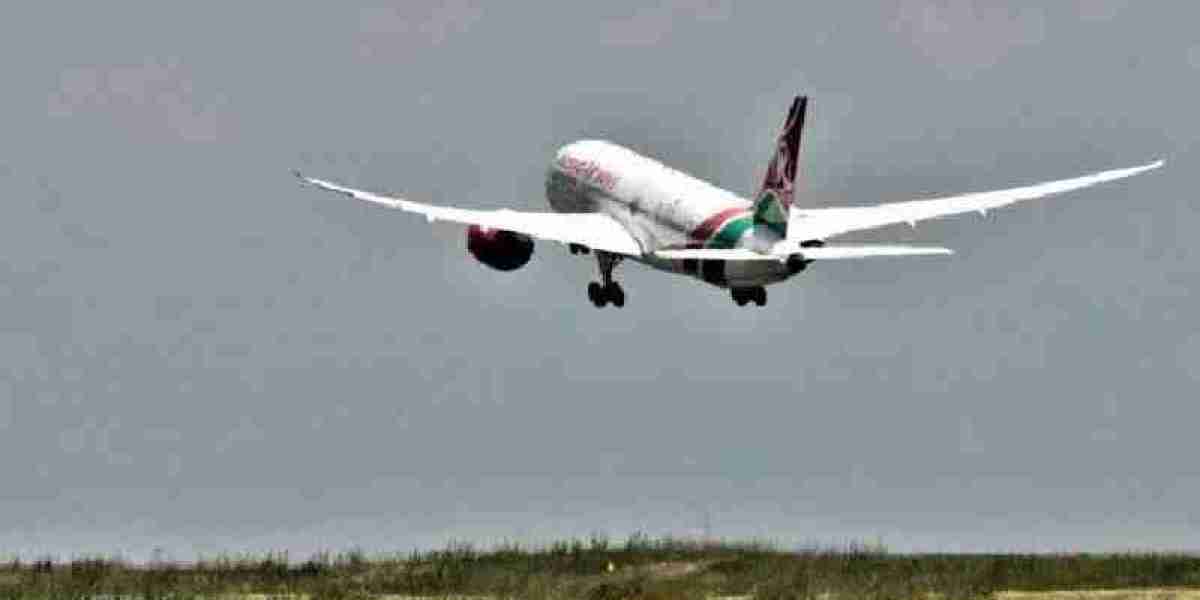There has been a push, both internally and externally, for Kenya to open up its skies and allow different carriers to fly into different airports in the country, especially Mombasa.
Different stakeholders, including the tourism industry and a segment of the airline industry, have lobbied for the opening up of not just Kenyan skies but African skies, noting that such a move would have a significant impact on air travel on the continent.
They argue it would increase connectivity within Africa, lowering the cost of flying within the continent and leading to a boom in tourism.
A section of the industry has, however, expressed concerns that such a move would crush local carriers that might not have the capacity to fight it out with international airlines.
They also note that at the moment, a significant chunk of their business offers passengers of international carriers the last mile connection to such places as Mombasa and Kisumu, and opening up these routes to international carriers to fly directly could kill their businesses
And now the Transport Ministry has backed the stance by local carriers, saying it will not open up local skies.
Cabinet Secretary Kipchumba Murkomen said other than the need to protect local industry, there are also other considerations, including the lack of reciprocity by other countries for national carrier Kenya Airways to also fly directly to some of their local routes.
“We are also working hard to protect our airline industry from unfair competition. I know there are competing interests for players in the tourism sector, who want us to open the routes in this country for all airlines to fly directly, especially Mombasa,” he said.
“It is my responsibility to balance all these interests, including those of the tourism industry, but also protecting investments in transport services. We want to protect our local airlines from unfair competition, especially considering the time, energy and resources it takes to invest in an airline.”
Mr Murkomen said, there have also been instances where Kenya has been pressured by carriers from countries that have bilateral air agreements with Kenya.
The said countries however do not want to reciprocate the move and open up their airspaces to KQ to fly into different cities.
“Open sky policy is not open but regulated for the best interest of the country both in terms of unfair competition but also ensuring that we get reciprocal treatment,” he said.
“The airline space also operates on the principle of reciprocity. Our international negotiation in terms of routes and allowing airlines to fly here must be balanced with the interest of Kenya to fly to those markets.”
There has been a push for African countries to adopt the Single Africa Air Transport Market (SAATM), an initiative of the African Union to create a liberal civil aviation market.
The initiative has received support and opposition in equal measure. Proponents argue it will improve air connectivity in Africa and reduce the cost of flying, while those opposed to it fear other more financially muscled airlines might crush local airlines. The players pushing for open skies say Africa’s aviation industry will stay stunted until such a time when different governments decide to open up their skies to different carriers and reduce the protectionist policies aimed at protecting their local industries.
However, industries that depend on air traffic such as tourism as well as cargo importers and exporters have pushed for an open sky policy.
More carriers having the freedom to fly into the country with limited restrictions would mean more traffic for the local tourism industry.
Poor connectivity
It would also mean increased competition and, in turn, reduced airfares. Similarly, exporters would have more choice, with competition bringing down the cost of shipping goods out of the country by air.
They say opening up African skies would do away with instances where Africans, for example, have to travel to France from one African city to connect to another African city. This is because of high cost or non-existing connectivity within Africa.
SAATM, which has been in the works for years, is designed to create an air industry akin to what the European Union has, where carriers and passengers have an easy time moving from one country to another.
Through SAATM, the African Union hopes to ease flying on the continent. SAATM has received the backing of aviation bodies such as the International Air Transport Association (IATA) and the African Airlines Association (AFRAA).
Among the strong proponents of open skies in Kenya is veteran hotelier Mohammed Hersi, who has over time pushed for international carriers to be allowed to operate scheduled flights to Moi International Airport Mombasa.
Mombasa has in the past greatly benefited from charter flights. Mr Hersi said that since the end of the Covid-19 pandemic, charter flights have reduced significantly, and the government now needs to consider allowing international airlines to operate scheduled flights to Mombasa.
Early last year, he even mobilised the public to an online petition in which he requested transport and civil aviation authorities to liberalise Kenyan skies, generating a heated debate.
International carriers flying to the Coast, he had argued, would be a boost for the tourism industry as well as other industries, including exports by local farmers of fresh produce such as fruits, fish and meat to international markets.
“In the old golden years of tourism until 2012, Moi International Airport was receiving 39 charter flights per week. Due to changing trends, charters are a slowing concept and more travellers are now opting for scheduled flights,” said Mr Hersi, adding that airlines that had been operating scheduled flights before the Covid-19 pandemic have not had their licences renewed.
“Most international travellers would prefer to fly direct to Mombasa since the majority avoid going through Nairobi. We humbly appeal to the new government to give this matter priority since it is keen on creating jobs and tourism is the easiest vehicle to achieve that goal.”
Mr Hersi noted that open skies had changed the fortunes of Morocco as a tourism destination, with its visitor numbers going up from two million to 12 million annually in less than a decade.
Liberalisation also transformed the South African cities of Durban and Cape Town, turning them into leading conference tourism hubs.



